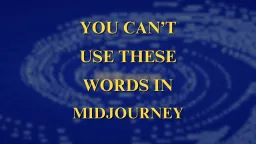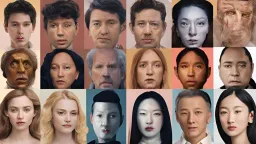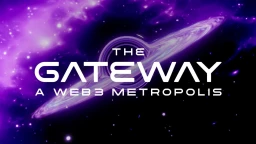Google Bard and ChatGPT: A Comparative Analysis
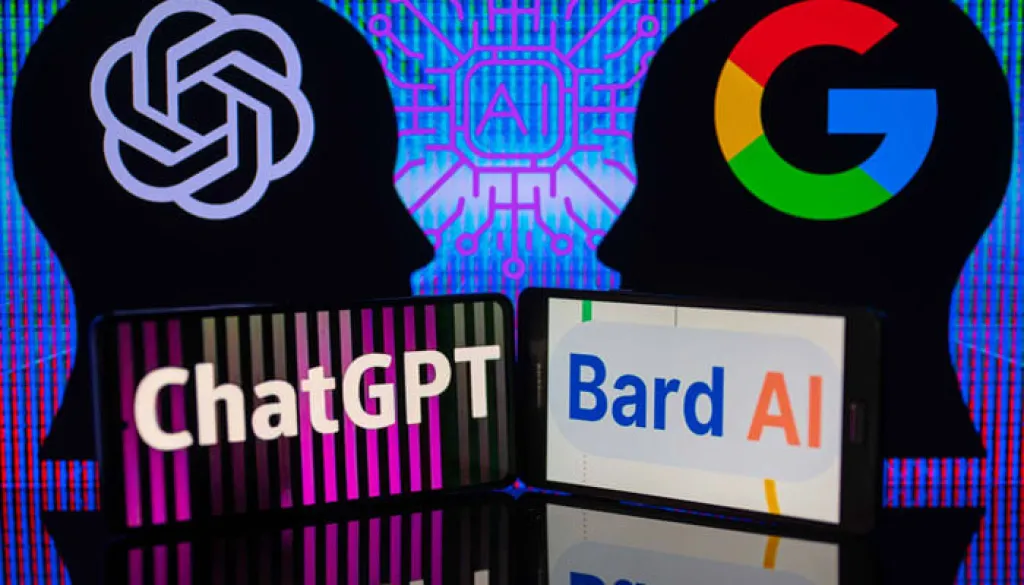
Language-based models have altered human behaviour, and AI-powered chatbots are increasingly being used by businesses to communicate with their clients. One such instance is ChatGPT, an AI tool created by Open AI that has since altered the digital landscape. Google, the market-leading provider of search engines, recently unveiled Bard, an interactive AI that is based on language and the growing application of AI. Despite the fact that Google Bard and ChatGPT are both examples of conversational AI that is built on language, their intended uses and architectural designs are very different.
About Google Bard
Bard will make use of materials and data that are currently accessible online. Bard will have access to the most recent date and be able to deliver more recent information because his knowledge is restricted to events that will take place through 2021. Because it will have access to a wealth of data and be integrated with Google’s search engine, Bard will have an advantage against Chat GPT, which is supported by Microsoft. However as Chat GPT occasionally exaggerates events and commits factual mistakes, Google’s Bard AI is anticipated to provide clients with more reliable information.
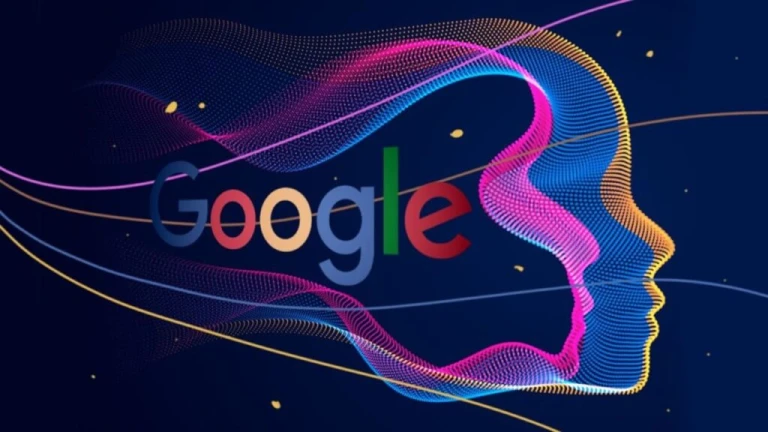
The third assertion in the example was also incorrect, according to a tweet from Grant Tremblay at the Harvard-Smithsonian Center for Astrophysics, which was promptly picked up by NewScientist. As a result of this inaccuracy, Alphabet’s stock fell 9% the next day after it was made public. How Bard will affect search results especially is more crucial for marketers and advertisers.
Google Bard and ChatGPT
It is unknown whether Google will also emulate Microsoft’s AI-powered Bing by displaying an AI chat box to the right of search results, allowing users to filter the results and carry on their conversation with Bard. Whether or whether Google displays links to the original sources of summarised content will have an impact on website traffic. Also, Google users may be less likely to seek out additional information if they can obtain an exhaustive response to their query, which will reduce traffic to the websites that served as the original source.
The Open AI ChatGPT has already created a plethora of new prospects. These have thus mostly been in the field of generative AI by providing a natural language processing model backed by Microsoft. However, Google recently debuted Google Bard, a chatbot that drew criticism for its ambiguous responses on the day of launch. Subsequently, they are each created for a distinct purpose and have varied strengths and limitations depending on the specific activity.
Google Bard and ChatGPT: Key Differences
| Factors | ChatGPT | Google Bard |
| Size and Capabilities | There are now several versions of ChatGPT available, with parameters ranging from 117 million to 6 billion. | One version of Google Bard with 1.6 billion parameters is currently accessible. |
| Development and Training | OpenAI created and trained ChatGPT. | Google created and educated the Google Bard. |
| Data Responses | It produces instantaneous responses in addition to conventional search results. | It produces text-only replies utilizing information produced up until 2021. |
| Plagiarism Checker | There is a built-in plagiarism detector in ChatGPT (AI Text Classifier) | The Google Bard plagiarism detector is not currently supported. |
Follow us on Instagram @artzoneai for more


